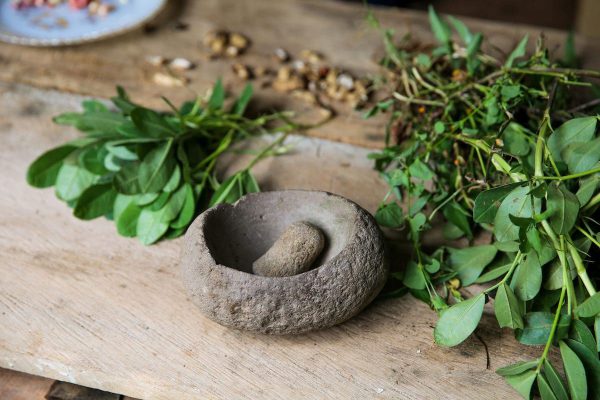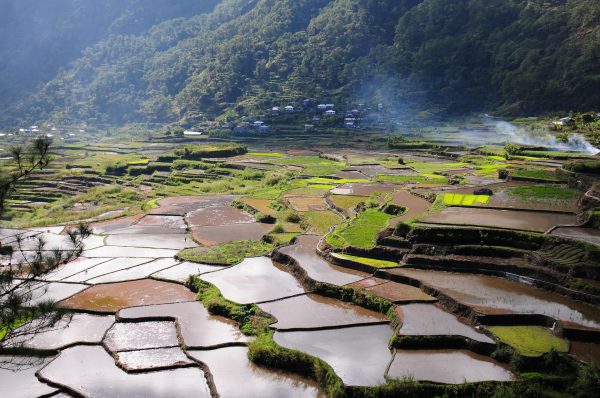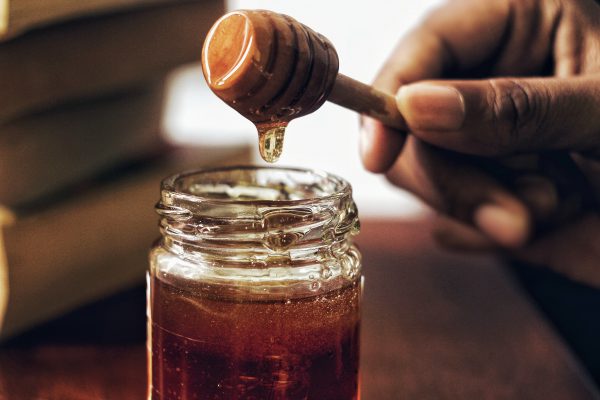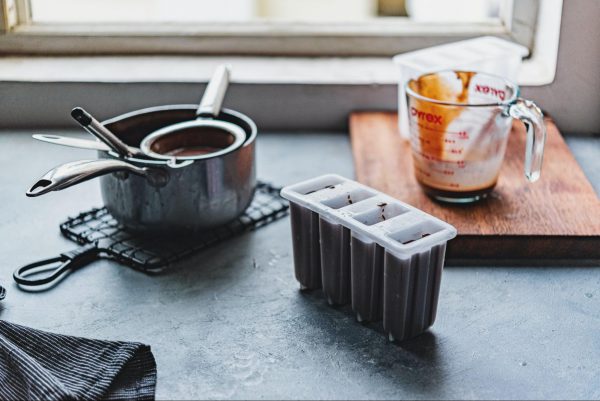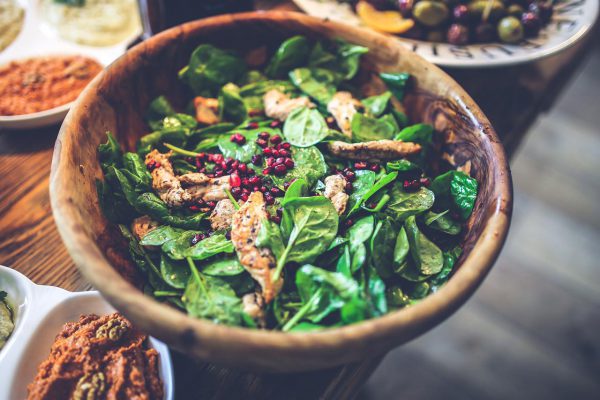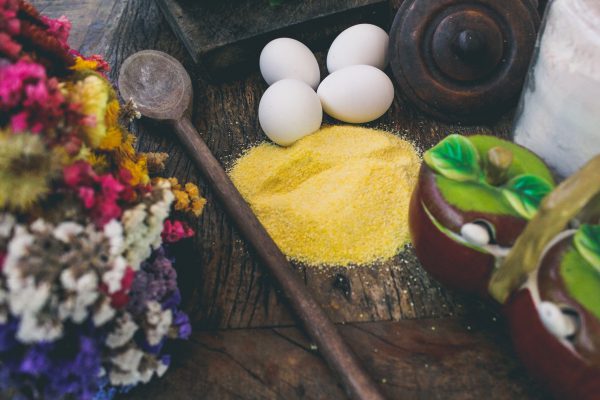Last Updated on November 27, 2023
A mortar and pestle is a prehistoric kitchen tool that many chefs have a love affair with. It eases the grinding, aromatizes spices, and lets you make killer pastes packed with flavor.
If you’re someone who’s used to getting their spices pre-ground and who holds on to their food processor whenever they want to make a paste, we’re here to tell you this duo can alter your culinary skills for the better.
But when it comes to actually purchasing a mortar and pestle duo, the number of different materials can be confusing. Today, we’re comparing wooden mortar and pestles with ones made of stone so that you know exactly what you need when you want to squeeze some flavor out of your ingredients.
But first, let’s talk about what mortar and pestle sets are useful for, so much so that they make some chefs renounce their food processors and spice grinders.
Fire, Wheel, and Mortar and Pestle
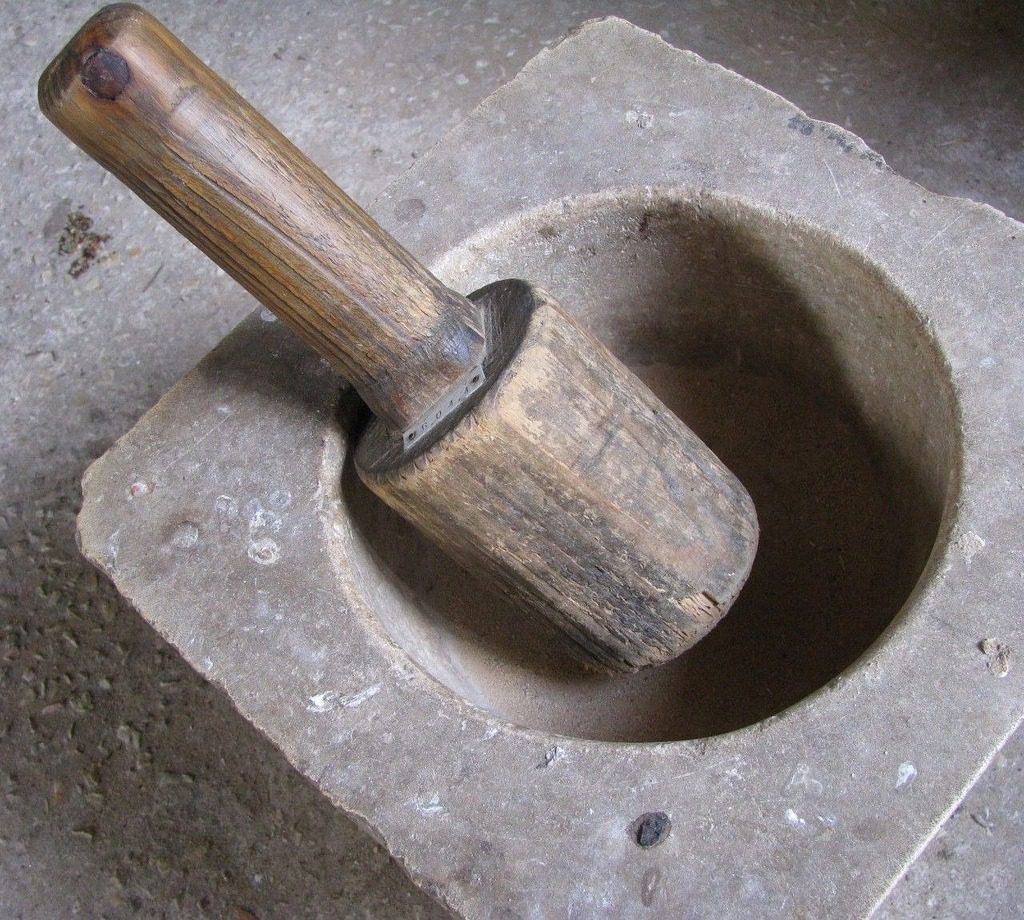
A mortar and pestle is probably one of the first culinary equipment our ancestors created. Not only for cooking but also for preparing medicinal pastes, cosmetic products, or mixing paint out of things they could find in nature to adorn their caves.
After thousands of years, the mortar and pestle duo still stands as a culinary instrument. Even though our culinary traditions have changed significantly since ancient times, the design and purpose of a mortar and pestle set remain the same: a bowl and a club to smash and grind ingredients.
The mortar and pestle has stuck around in every cuisine for thousands of years for a reason: nothing comes close to it when preparing aromatic pastes and sauces. When you grind your ingredients in a mortar, the thumping action bursts the cells containing aromatic oils, which you cannot release by chopping them with your knife or blending them in a blender.
The aromatic oil molecules enhance the flavor of whatever you’re pounding in the mortar, be it garlic, whole spices, salsa for chips, or a curry paste. And good food can make people do almost anything, from traveling across the country to smashing ingredients in a bowl the old way. Okay, but which type is the best for your cooking style? Let’s talk about materials and their properties.
Types of Mortar and Pestles
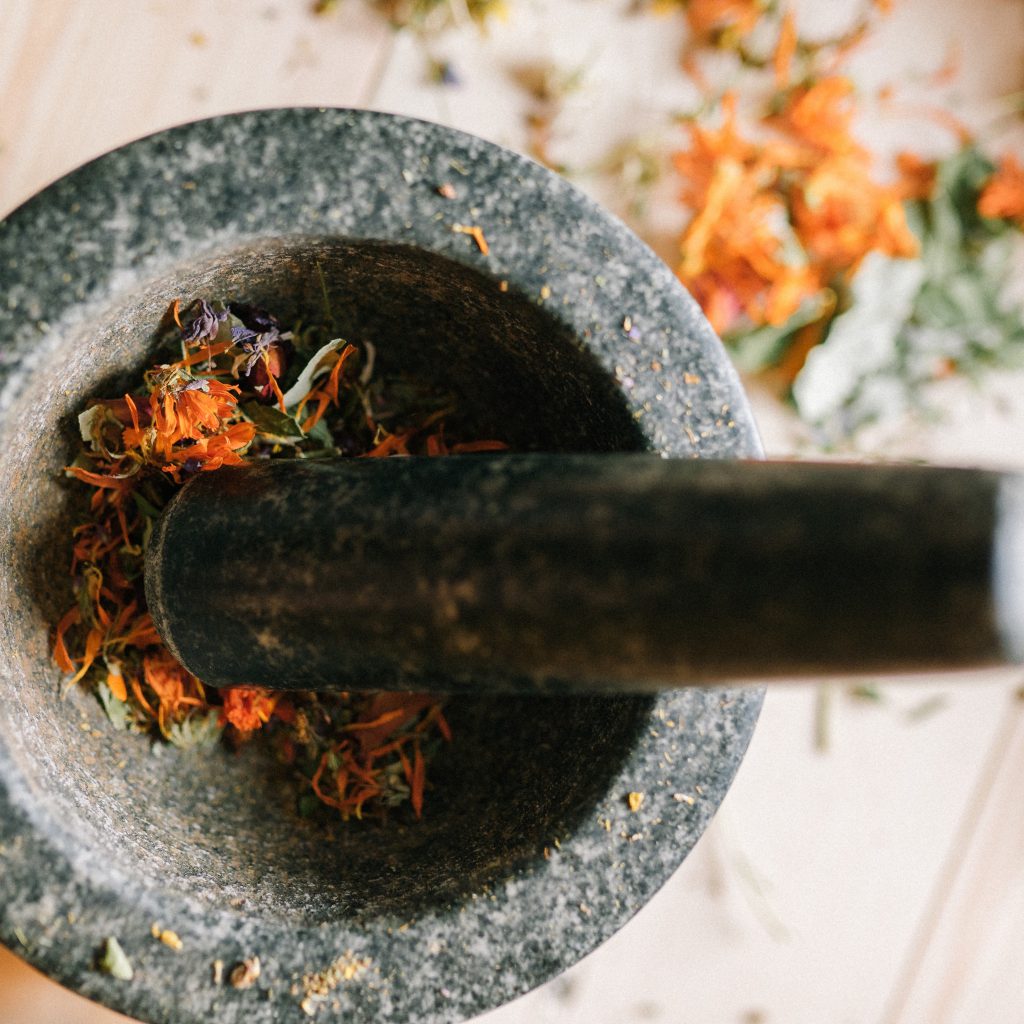
The stone-to-stone action must have been one of the first things the early humans thought of when they prepared some prehistoric recipes. That’s why almost every culture has a type of mortar and pestle tool to crush things and prepare pastes.
For instance, there are natural stone mortar and pestles made out of marble, granite, or volcanic rock like the Mexican molcajete. There are also cast iron, brass, and ceramic mortar and pestle sets. There are even mortars made of bird skulls in Papua New Guinea. And then, there are wooden mortar and pestles common in the Mediterranean region, Japanese earthenware mortar and pestles, and ceramic mortar and pestles commonly used in pharmaceutical preparations and kitchens around the world.
All of these materials have different properties and, as you can imagine, they allow you to do different things — like achieving different textures, grinding faster, or having the ingredients permeated with a certain seasoning.
Stone Mortar and Pestles
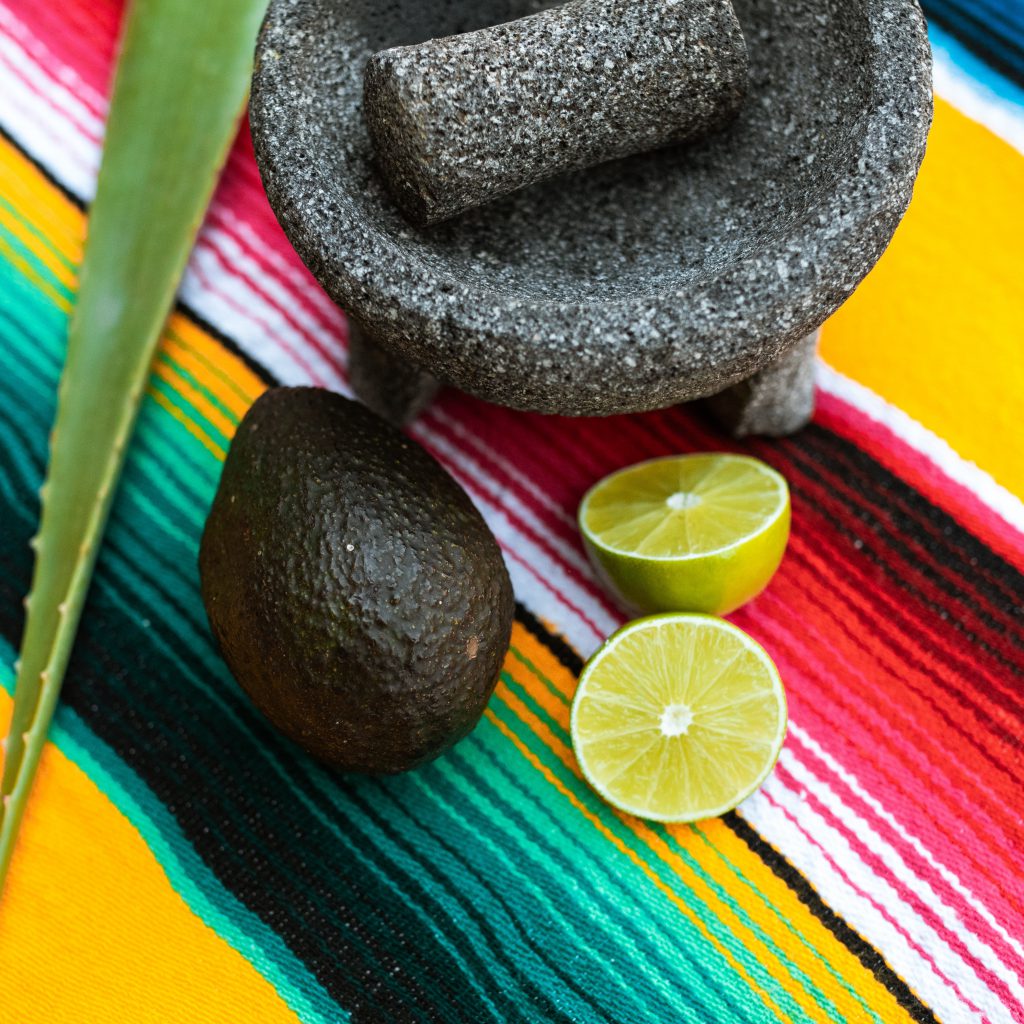
A natural stone mortar and pestle has several properties. It’s solid, heavy, big, and porous — although a big proportion of those pores even out when you cure and season it, tiny ones remain. What do these properties mean when you’ve rolled up your sleeves to grind some delicious paste?
Strength
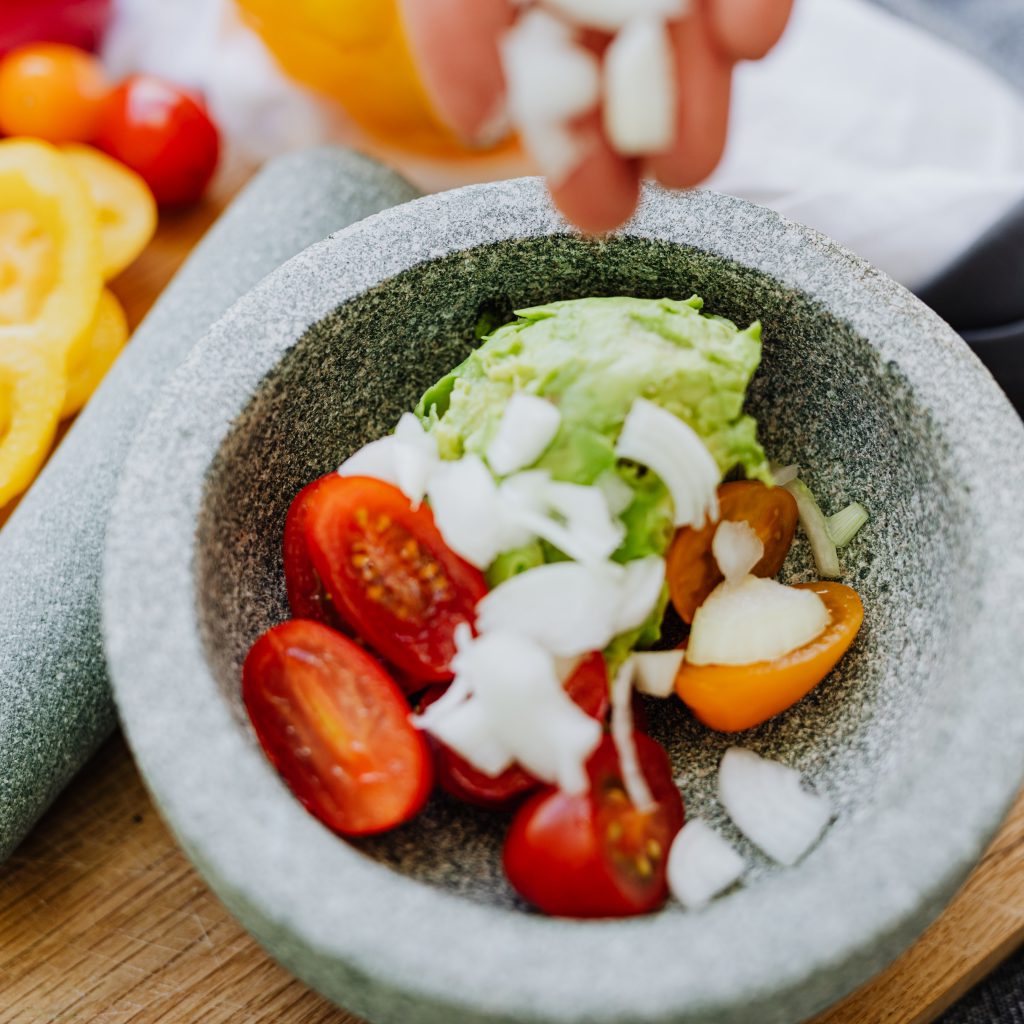
The first thing that a stone mortar and pestle offers is dexterity. It allows you to grind vigorously, which would cause other materials like ceramic to chip and crack. A hefty, solid stone gives you the durability to pound your ingredients as strongly as you can. This means you’ll get a smoother paste faster than if you use, let’s say, a terracotta or a wooden mortar and pestle.
Weight
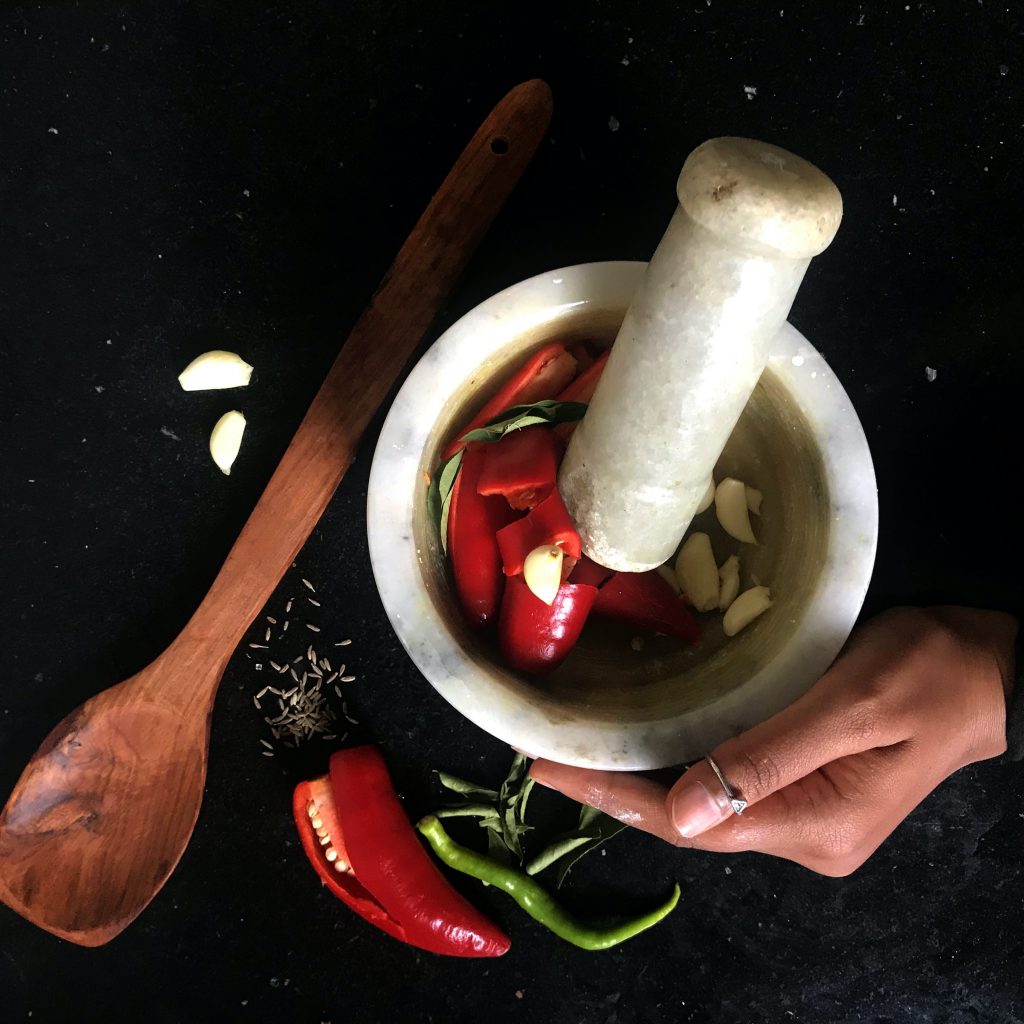
You might think that the weight of the mortar and pestle doesn’t make a real difference because it’s you doing the work, not the mortar. But try to hold a natural stone pestle, and you’ll immediately feel the sturdiness and oblong mass.
The weight of the pestle allows you to apply force comfortably, just like a good masseur uses their body weight to make pressure instead of using brute force. In short, when the pestle is heavier, it requires less effort from you to pulverize the ingredients in the mortar.
Secondly, a heavy mortar provides stability that you could never get with a wooden or ceramic mortar and pestle. This way, you don’t need to make an extra effort to hold the mortar in place while grinding and bashing at the same time.
Texture
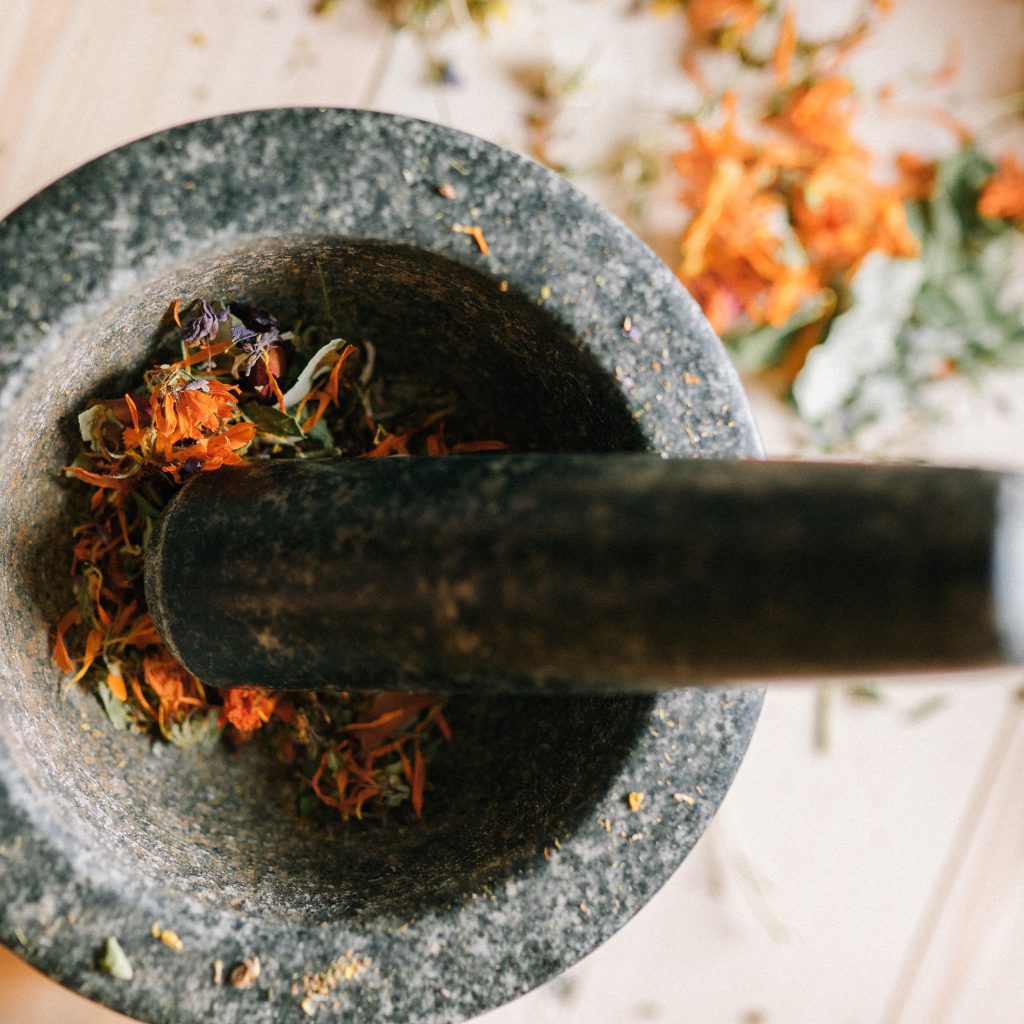
Natural stones seldom have smooth surfaces unless they are industrially rubbed down to perfect smoothness. Even the sleek marble has tiny pores on its surface. Naturally, volcanic rocks and granite have rougher surfaces, especially when you first get them. And you should rub the indented surface down by curing and seasoning your brand-new stone mortar and pestle to prevent dust and fragments of stone from chipping off and mixing with your food.
However, even after curing your mortar and pestle, you’re left with a rough surface, which helps you grind more efficiently by giving you a hand at mechanical milling. Thanks to that, a natural stone mortar and pestle, such as marble, granite, or volcanic rock, is a great way to extract aromatic oils from vegetables, nuts, and spices.
Taking Care of a Stone Mortar and Pestle
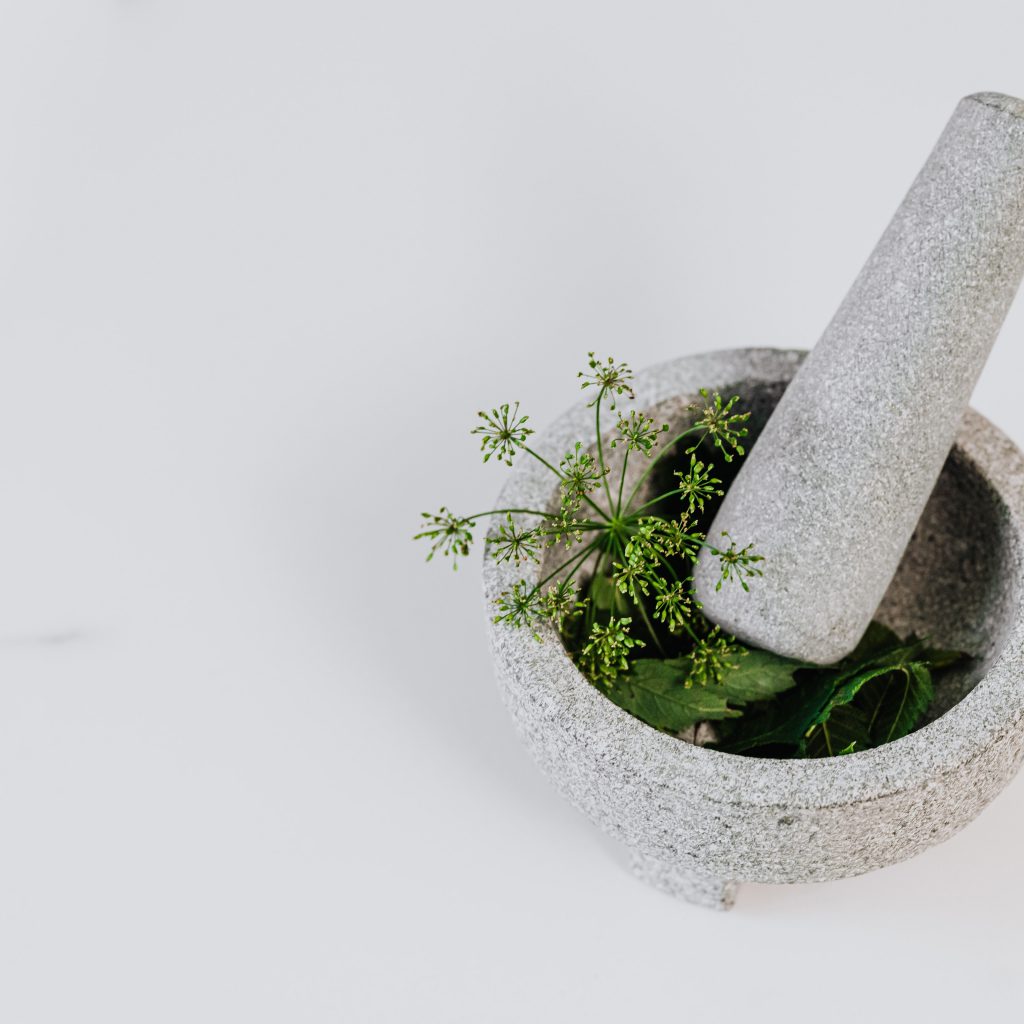
The authentic, untouched surface of a brand-new mortar and pestle made of natural stones like granite, volcanic rock, and even marble is gritty. For that reason, they require curing and seasoning when you first get them.
Cleaning a stone mortar and pestle also requires extra care. The worst thing you can do to it would be to run your set through the dishwasher. Because the stone is prone to hold on to little molecules of whatever you rub it with, you should refrain from using soap.
Just like cleaning a cast iron skillet, rubbing your mortar with a brush and running it under warm water should be enough most of the time. If you used it to make some oily salad dressing, you could wash your set with a little bit of mild, unscented soap. But make sure to rinse it off thoroughly and air dry both sides before you store it.
What Is a Stone Mortar and Pestle Good For?
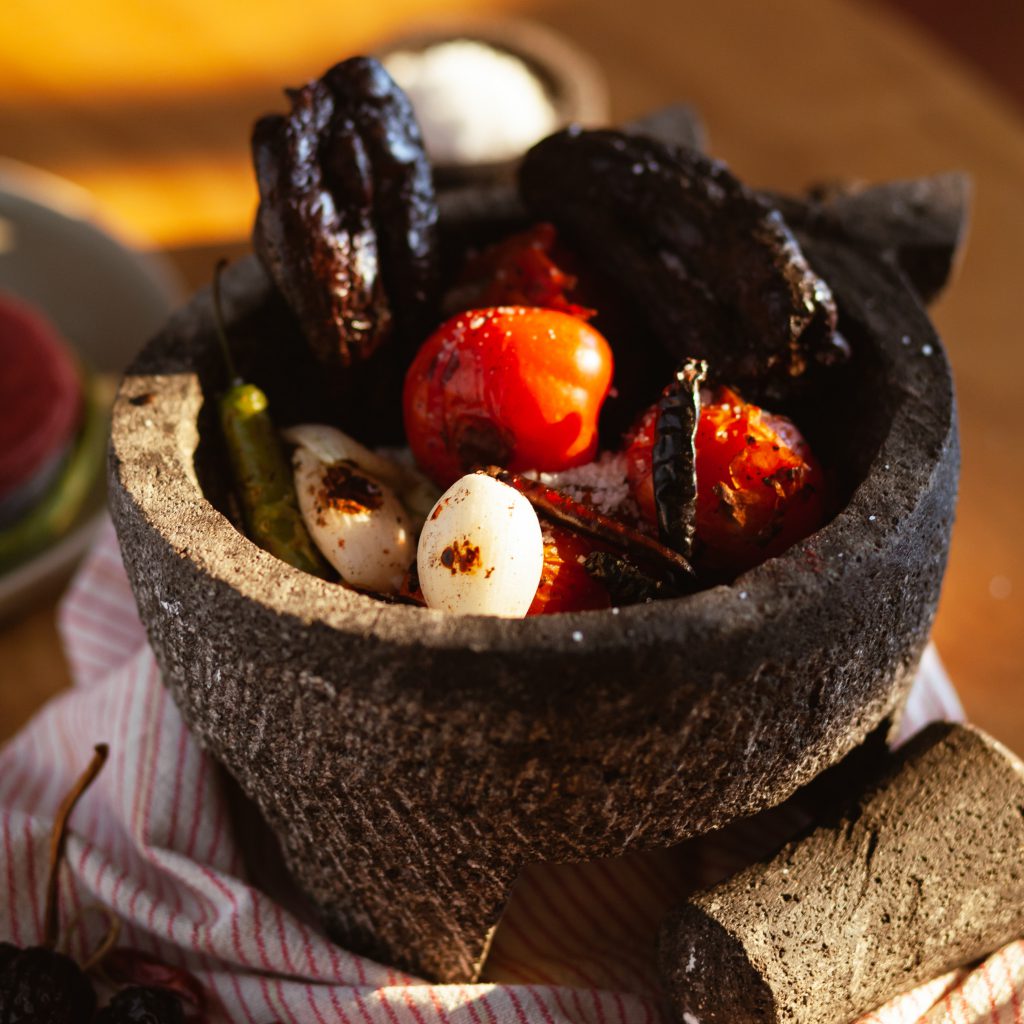
A stone mortar and pestle is very good at crashing whatever you put in the bowl. You can grind the hardest whole spices like pimento or peppercorns with a granite mortar and pestle, but you might want to go easier on your molcajete when you have some heavy-duty tasks to get done, as the volcanic rock is not as hard as granite or marble.
Stone mortar and pestles also let you smash your ingredients completely and quicker than a wooden or ceramic one would do it. For that reason, you can reduce whole veggies into a smooth paste easily. But this also means you would lose the texture rather easily when you’re grinding soft ingredients like avocado and mango or fresh herbs like mint, basil, or oregano.
To sum up, you can make delicious thick pastes like Thai green curry paste, sauces, spice mixes, and more with a granite mortar and pestle like this set from KROK. A marble mortar and a wooden pestle are great for making pesto sauce, as it’s a bit more delicate on the basil leaves, and a molcajete is great for making guacamole. Think about the texture and density of your ingredients to pick the right tool for grinding.
The fact that different materials result in different textures doesn’t mean you should get a different set to nail every recipe. As you practice using your mortar and pestle, you’ll master the pressure level, the timing of adding the ingredients, and the duration of the grinding. In other words, once you get a hold of it, you can adapt your technique for different recipes.
Wooden Mortar and Pestle
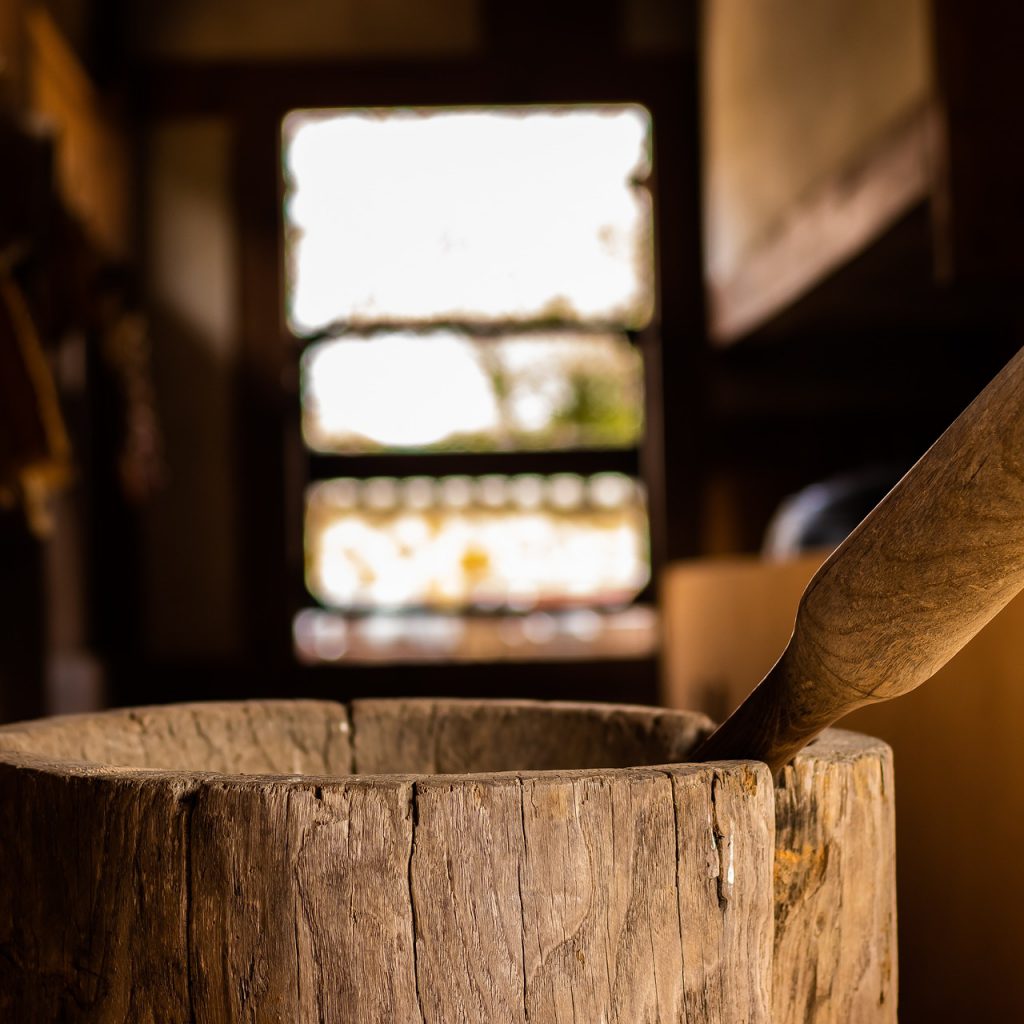
Wood is another material that’s easy to find when you’re shopping for a pair of mortar and pestle. A wooden mortar and pestle is typically cheaper than a natural stone set unless you’re looking at a vintage or a handmade wooden set, in which case the sky’s the limit. Additionally, the wooden mortar and pestle is lighter and softer than its natural stone counterparts.
Strength
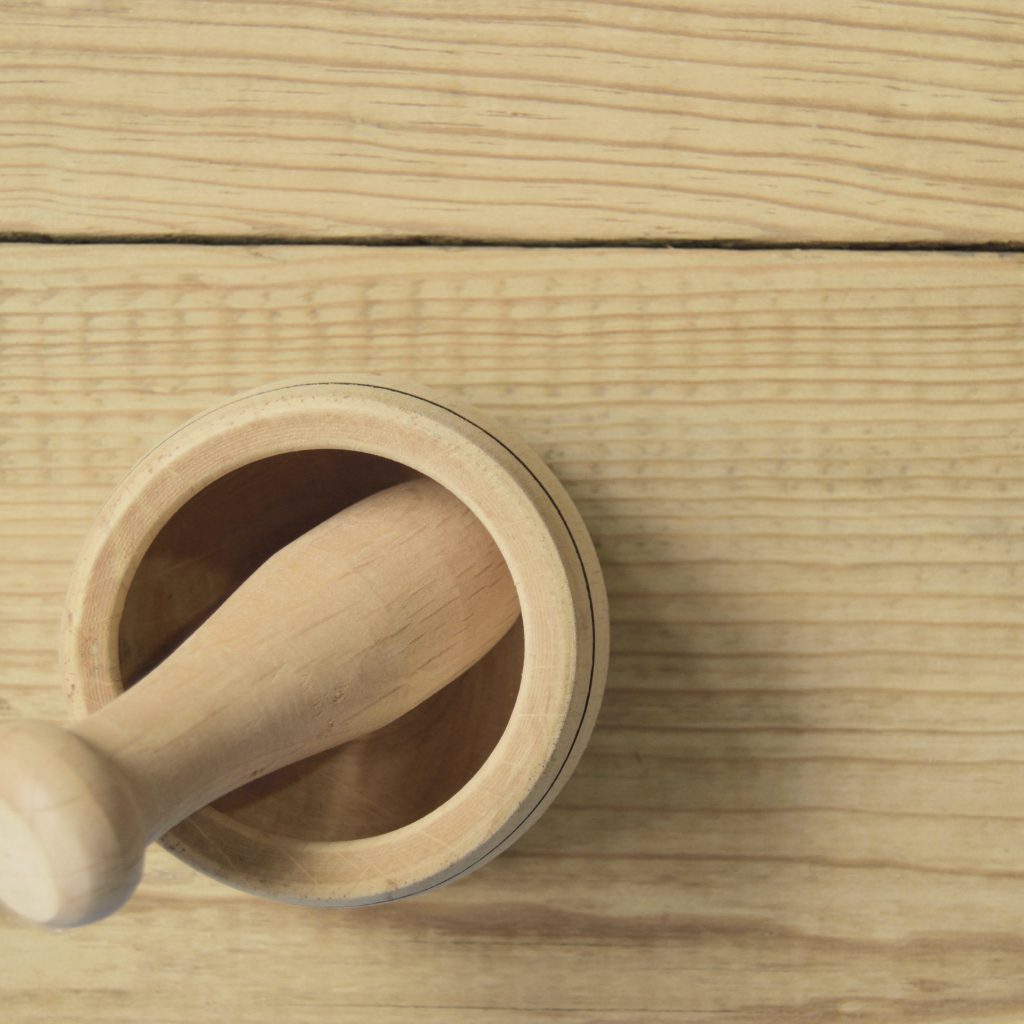
A wooden mortar and pestle isn’t delicate per se, which means you can’t easily chip or crack it as you could a ceramic mortar or even a volcanic rock molcajete. Having said that, wood can crack when exposed to water, as it expands and shrinks when wet and then dried. As you use it, wash it, dry it, and reuse it, a wooden mortar and pestle unavoidably cracks over time unless you take precautions.
Since wood is not as hard as marble or granite, a wooden mortar and pestle doesn’t destroy anything that comes its way as quickly as a stone set. But this property comes in handy when dealing with delicate ingredients like fruits and herbs, as opposed to nuts and vegetables.
For that reason, a wooden set allows you to prepare more delicate sauces with more texture. On the other hand, it’s impossible to grind hard seeds like peppercorn with a wooden pair. Plus, you’ll definitely be grinding longer to achieve a smooth consistency when preparing, let’s say, a pesto sauce.
Weight
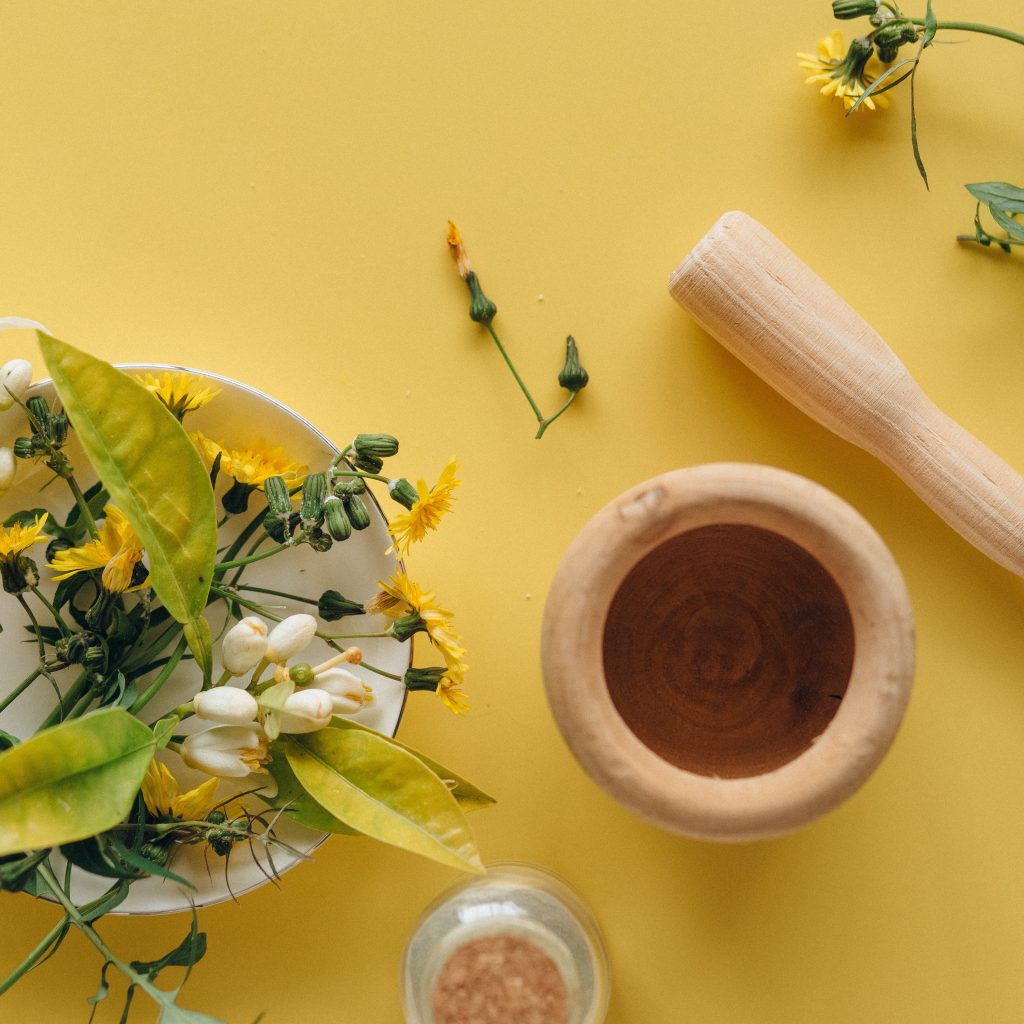
A wooden mortar is far from heavy compared to a stone mortar. This has several advantages in terms of mobility. It’s easier to wash, dry, and store, so it won’t be a mission to smash some garlic cloves into a paste and put it away.
On the other hand, a light mortar isn’t as stable as a heavy stone one. This means it takes more effort to prepare a smooth paste from solid ingredients as you apply force to the mortar and hold it at the same time.
Texture
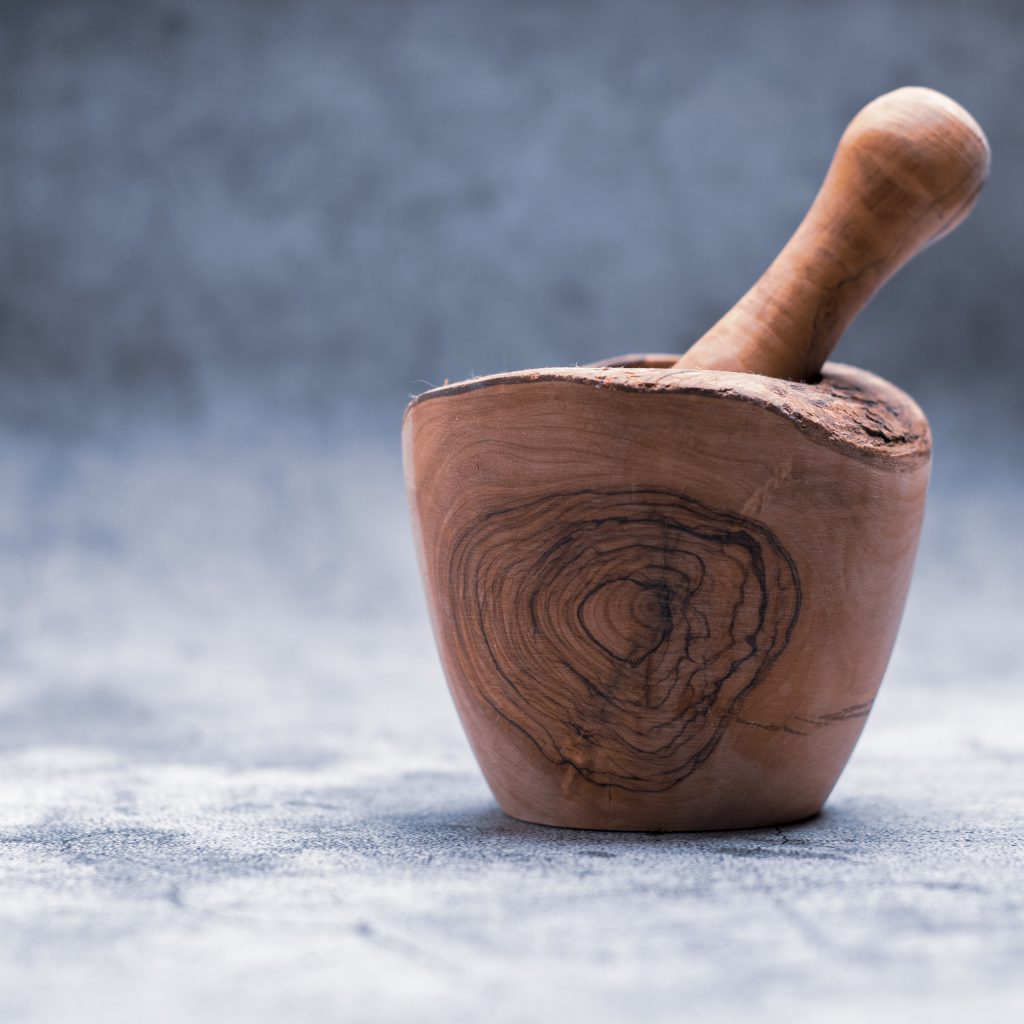
Like stone, wood also comes with natural grooves on its surface, even when it’s sanded down. The grooves on a wooden mortar and pestle work similarly to the ones on the stone sets. However, you need to be more careful and dry your mortar and pestle carefully after you wash it, as wood is a material quite prone to host mold and other bacteria when left undried.
Taking Care of a Wooden Mortar and Pestle

The care instructions for a wooden mortar and pestle are pretty much the same as any other wooden kitchen utensil, such as a wooden chopping board. Having said that, what you need to do and how often depends on the type of wood. Woods like acacia and teal are super solid and unlikely to give off any splinters over time, unlike red oak or plywood.
The worst thing you could do to a wooden mortar and its pestle is to put them into the dishwasher or give them a long soak. You can use soap to wash your pair if it’s oily, but remember that wood takes in the stuff it comes in contact with. So the less soap it gets, the happier your mortar will be. Make sure you rinse it thoroughly — and rinse it again — before you leave the set to air dry. Keeping the wooden kitchen utensils dry is of grave importance, as mold can easily grow in humid dents and cracks.
To prevent your mortar and pestle from chipping and cracking and absorbing absolutely everything you grind in it, you need to oil it regularly. Doing it once every other month is a good idea. And for the lingering smells, just like curing a granite mortar and pestle set, grinding rice in the wooden mortar helps a lot.
What Is a Wooden Mortar and Pestle Good For?
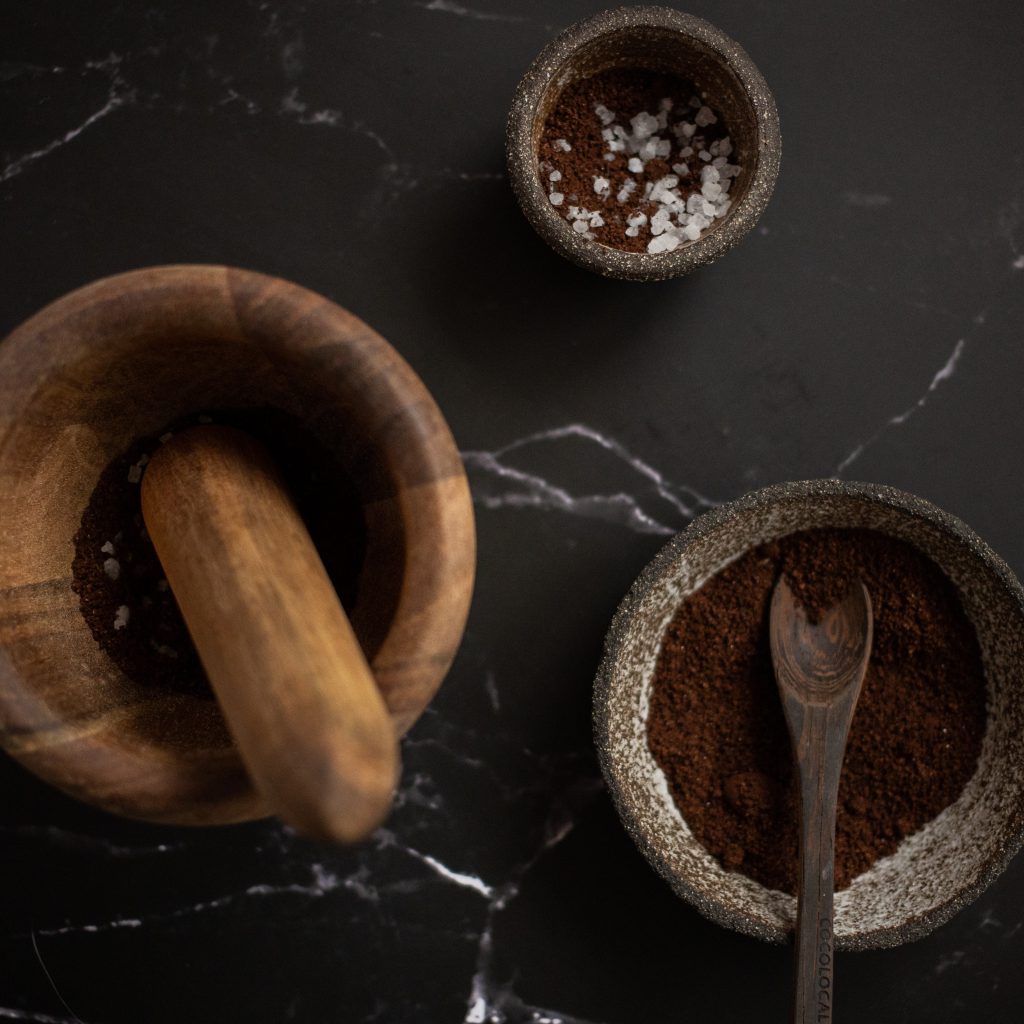
Wooden mortars tend to be smaller than their cousins, so you can quickly grab it for any minor grinding task like smashing garlic cloves, fresh or dried herbs, and whole spices that aren’t too hard. It comes in handy when making salad dressings, marinades, flavored oils, and spice mixes.
Over and Out!
As you can read in this article, there are some fundamental differences between a stone and a wooden mortar-and-pestle set. The former lets you grind harder things more efficiently, while the latter lets you gently grind more delicate ingredients. Moreover, while a wooden mortar and pestle are usually cheaper, smaller, lighter, and thus easier to use, the stone one is more of a heavy-duty set.
If you’re still not sure which mortar and pestle set you should get, check out our guide to choosing the best mortar and pestle.


